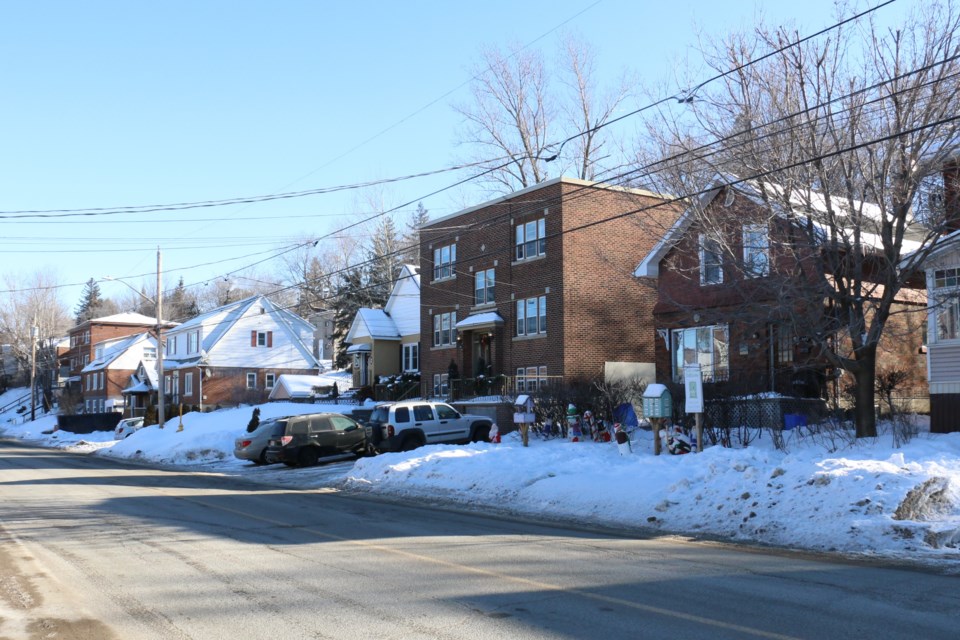The average overall vacancy rate in Canada has increased and statistics show that the rate has also increased in Sudbury. This is according to Canada Mortgage and Housing Corporation's annual rental market survey, which was released this week, based on changes that occurred in 2020.
Among Canada's Census Metropolitan Areas (CMAs), the overall vacancy rate increased from two per cent in 2019 to 3.2 per cent in 2020 for all bedroom types, according to the CMHC Survey. The national average two-bedroom rent across CMAs increased by 3.6% to $1,165.
In Ontario, vacancy rates increased in cities such as Thunder Bay (4.1 per cent), Ottawa (3.9 per cent), London (3.4 per cent), St. Catharines-Niagara (2.7 per cent), Peterborough (2.6 per cent) and Greater Sudbury (2.5 per cent)**. An increase in the vacancy rate is regarded as a plus for tenants seeking a wider variety of affordable rental properties.
**While one part of the report said Sudbury's vacancy rate was up at 2.5 per cent, another part of the report said the 2.5 per cent was "unchanged". We could not find CMHC figures for 2019, but figures for 2018 showed the vacancy rate in Greater Sudbury dropped from 4.5 per cent to 2.6 per cent.
The in-depth report for 2020 revealed that the average rent in Sudbury is $1,053 a month, which is up by 2.7 per cent. The average rent for a one-bedroom unit is up by 3.3 per cent; a two-bedroom unit vacancy rate is up by 1.6 per cent and the vacancy rate for three or more bedrooms is up by 5.8 per cent.
The survey also showed average monthly rents in Sudbury as $699 for a bachelor unit, $921 for a one-bedroom, $1,133 for a two-bedroom and $1,253 for three or more bedrooms.
"The services-producing sector in Greater Sudbury bore the brunt of COVID-19-related job losses. Industries in this sector rely more heavily on in-person interactions, therefore, they were more affected by the health and safety measures implemented to contain the spread of the virus. On a seasonally adjusted basis, service sector employment was 7.9% below its pre-pandemic (January) level in September 2020," said the report.
The report also said the high concentration of the youth population in the service sector (aged 15 to 24) led to considerably weaker labour market conditions for this group. By September 2020, 33 per cent fewer people were employed on a full-time basis compared to the same month in 2019. Job losses among this group, a group who are most likely to be renters, likely contributed to a slower pace of rental household formation, the report said.
"Additionally, market intelligence suggested there were fewer international post-secondary students residing in the Greater Sudbury CMA in fall 2020 compared to the previous year. The decline in the CMA’s population aged 15-to-24 corroborated this, as did the lower number of study permit holders in Canada. This likely contributed to lower rental demand, as Census data indicates that international students have a very high propensity to rent," said the report.
In other parts of Ontario, the vacancy rate went down, making it harder to find an affordable apartment. Vacancy rates decreased in Hamilton (3.5 per cent) and Barrie (2.1 per cent). In Belleville (3.0 per cent), Brantford (2.2 per cent) and Guelph (2.2 per cent), vacancy rates remained stable.
"The vacancy rate for purpose-built rental apartments in Canada's CMAs increased in 2020," said Bob Dugan, CMHC's chief economist.
"The economic impact of the pandemic has significantly reduced rental demand. Lower international migration, fewer student renters and weaker employment conditions led to weaker inflows of new renters. While vacancy rates increased in many centres, we continue to see a need for more rental supply to ensure access to affordable housing," he said.
The annual survey is conducted every October to allow CMHC "to gauge how socio-economic conditions, demographic trends and other factors impact Canada's rental markets," said a news release. The survey is based on purpose-built structures with three or more rental units in urban areas with populations of more than 10,000.
The report itself is a 165-page document available from the CMHC website.